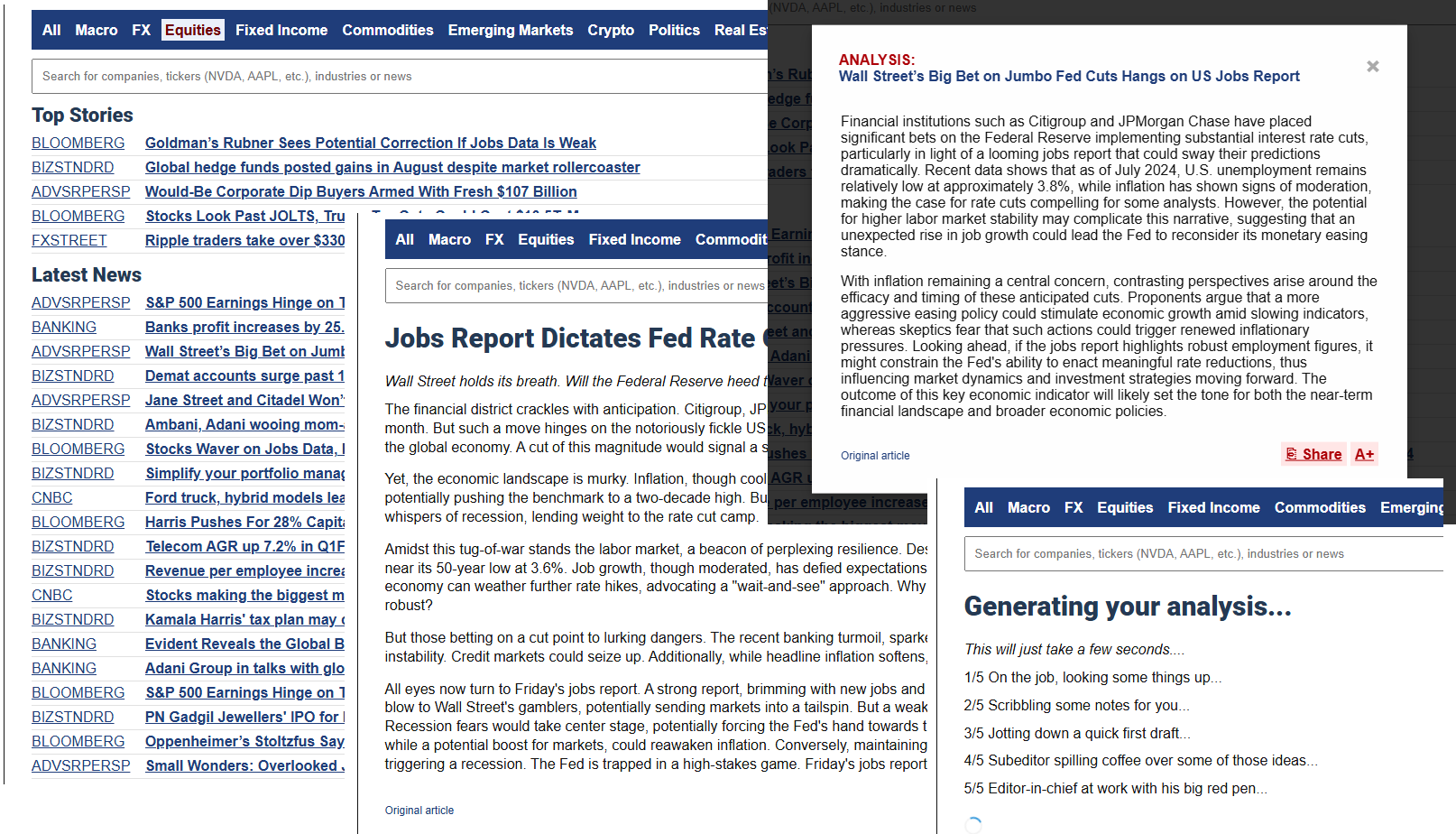Microsoft Navigates AI Innovations Amidst Industry Challenges
Microsoft stands at the crossroads of innovation and complexity, pioneering technologies that may redefine sectors while facing formidable challenges. As it ventures into defense, healthcare, and cloud computing, the company's strategic maneuvers are under the microscope, balancing opportunities with hurdles that test its resilience and adaptability.
In its ambition to transform military operations, Microsoft proposed augmented reality goggles for the U.S. Army at $80,000 each. These devices promise enhanced tactical capabilities but have hit a barrier: budget constraints. The Army's push for cost reductions highlights a broader dilemma in defense technology—innovative solutions face fiscal skepticism, demanding both affordability and effectiveness.
In healthcare, Microsoft introduced advanced AI tools designed to streamline workloads for doctors and nurses, elevating care efficiency. showcased at the HLTH conference in Las Vegas, these tools position AI as a disruptive force in healthcare. However, as Microsoft vies with Nvidia, Google, and other tech giants, the healthcare AI market emerges as a fiercely contested arena where establishing dominance is no small feat.
Adding layers of complexity, Microsoft’s association with OpenAI has seen significant shifts. As investment banks renegotiate collaboration terms, Microsoft navigates the dual roles of investor and competitor. This intricate balance underscores the tech industry’s characteristic dance between cooperation and rivalry, a dynamic shaping Microsoft's strategic pivot towards artificial intelligence.
On the cloud front, Microsoft Azure's global expansion illustrates its robust commitment to transforming industries through technology. Its partnership with the UAE’s National Bank of Fujairah and collaboration with Zafin exemplifies how Azure enhances core banking solutions, emboldening financial sectors with security and scalability.
Furthermore, Microsoft’s collaboration with Infosys for cloud and generative AI adoption underscores its ambitions to embed AI across business operations. These initiatives not only revolutionize client experiences but also signal Microsoft's capability to drive innovation that delivers concrete customer value.
Internally, leadership realignments and new product initiatives like the SqlSafeKeep integration into Azure Marketplace reflect Microsoft’s proactive stance in exploiting emerging opportunities. These moves indicate a strategic refocusing on leadership and technology, essential for maintaining its competitive edge.
Despite its advances, Microsoft contends with skepticism from financial analysts regarding overestimates of AI-derived revenue. Technical indicators of potential stock declines further complicate its financial landscape, underscoring the volatility accompanying its aggressive growth strategies.
Security remains a predominant concern. Microsoft’s recent disruption of Russian cyberattacks exemplifies the persistent threat landscape, emphasizing the necessity for robust cybersecurity measures to protect sensitive information. The capacity to thwart sophisticated hacking attempts remains critical as Microsoft strives to safeguard its network integrity.
Ultimately, Microsoft’s journey through these multifaceted challenges will shape its future role within the tech ecosystem. As it pioneers advances in defense, healthcare, and the cloud, its decisions are inextricably linked with broader economic and geopolitical dynamics. Stakeholders keenly observe Microsoft, watching how it maneuvers to sustain leadership within a swiftly evolving digital era.
AI-Powered trading insights: join our email list
Real-Time Market Analysis
Get instant insights on market trends, news impact, and trading opportunities.

